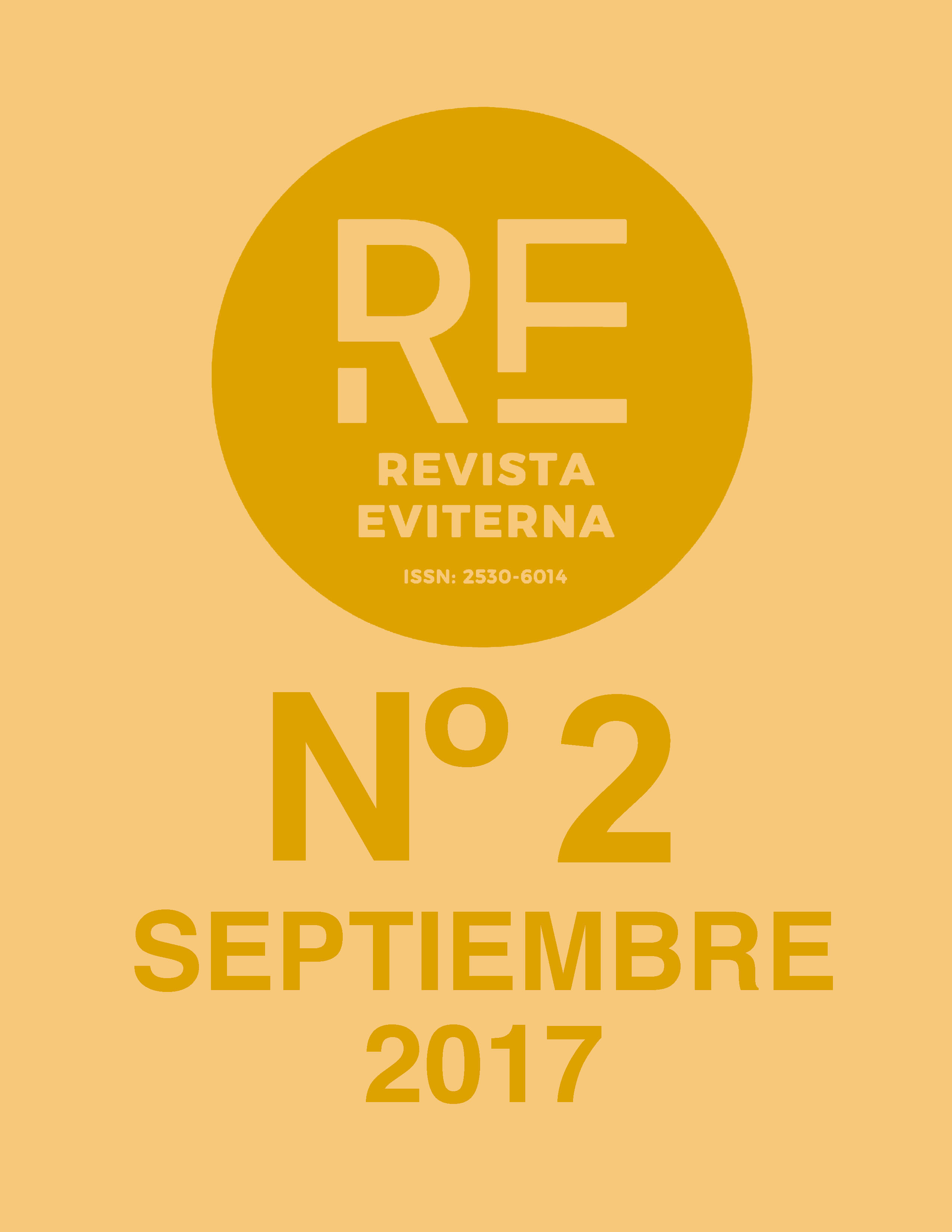The Chiostro dello scalzo, hidden jewel of the Florence of the Cinquecento
DOI:
https://doi.org/10.24310/Eviternare.v0i2.8126Keywords:
Firenze; Andrea del Sarto; RinascimentoAbstract
Questo articolo affronta il lavoro fatto per Andrea del Sarto e il suo collaboratore Franciabigio per il Chiostro della Compagnia dello Scalzo, creando una delle serie pittoriche di più rilevanza a Firenze. In questo ciclo si racconta la vita di san Giovanni Battista, santo protettore della confraternita e della città, con una serie di affreschi realizzati con la tecnica della grisaglia
Downloads
Metrics
Publication Facts
Reviewer profiles N/A
Author statements
Indexed in
-
—
- Academic society
- N/A
- Publisher
- Universidad de Málaga
References
DE LA VORÁGINE, Santiago (2008). La leyenda dorada. Alianza Editorial: Madrid.
DOW, Douglas, N (2006). Confraternal Piety and Corporate Patronage: A reconstruction of the art and oratory of the Company of San Giovanni Battista dello Scalzo, Florence. The Pennsylvania State University: Pensilvania.
HIRDT, Willi (2006). Barfuß zum lieben Gott: der Freskenzyklus Andrea del Sarto sim Florentiner Chiostro dello Scalzo, Fran>PISANI, Proto (2004). Il Chiostro dello Scalzo a Firenze. Studio e scuola di pittura. Sillabae Editore: Florencia.
POLO MUSEALE FIORENTINO (2009). El Claustro del Scalzo [Folleto informativo]. Sezione Didattica del Polo Museale Fiorentino: Florencia.
SHEARMAN, John K. G. (1960), ‘’The Chiostro dello Scalzo’’, Mitteilungen des Kunsthistoriches Institutes in Florenz, nº3 y 4, pp. 207-220.
VASARI, Giorgio (2013). Las vidas de los más excelentes arquitectos, pintores y escultores italianos desde Cimabue a nuestros tiempos. Cátedra: Madrid.
ZOPPI, Mariella y DONATI, Cristina (1997). Guida ai Chiostri e Cortili di Firenze. Alinea Editrice: Florencia.
Downloads
Published
How to Cite
Issue
Section
License
All the contents published in Revista Eviterna are subject to the Creative Commons Reconocimento-NoComercia-Compartirigual 4.0 license, the full text of which can be found at <http://creativecommons.org/licenses/by-nc-sa/4.0>
They may be copied, used, disseminated, transmitted and publicly exposed, provided that:
The authorship and original source of your publication (Journal, editorial and URL of the work) are cited.
They are not used for commercial purposes.
The existence and specifications of this use license are mentioned.

Copyright is of two kinds: moral rights and patrimonial rights. Moral rights are perpetual, inalienable, inalienable, inalienable, inalienable and imprescriptible prerogatives.
In accordance with copyright legislation, Revista Eviterna recognizes and respects the moral rights of the authors, as well as the ownership of the economic right, which will be transferred to the University of Malaga for dissemination in open access.
The economic rights refer to the benefits obtained by the use or disclosure of the works. Revista Eviterna is published in open access and is exclusively authorized to carry out or authorize by any means the use, distribution, disclosure, reproduction, adaptation, translation or transformation of the work.
It is the responsibility of the authors to obtain the necessary permissions of the images that are subject to copyright.







12.png)



